While automatics like the SIG P365 and Springfield Hellcat have established dominance in the concealed carry field, a strong love for revolvers still exists. The modern defensive revolver typically has a few common features. Most are small revolvers with sub-2-inch barrels. They often come in .38 Special and .357 Magnum and hold five shots. Fixed sights are standard, and they are about as simple as it gets. What no one can seem to agree on is the presence or lack of a hammer spur.
They all have hammers, but if that hammer is exposed is an entirely different conversation. Some companies bob the hammers, like the Taurus Executive grade. Other companies use some form of shroud. Most companies that produce a ‘hammerless’ revolver also produce a model with an exposed hammer spur. There doesn’t seem to be a massive trend in one direction or the other.
This leaves me asking, to hammer or not? Which is better for concealed carry? Let’s dive in and discuss.
The Pros of a Hammer Spur
The biggest advantage of an exposed hammer spur is the ability to manually cock the weapon to deliver a lighter trigger pull. A lighter trigger pull can help with general accuracy, and for those longer-range shots, it can be quite the accuracy improvement.
The real question I have is how useful that is from a defensive shooting standpoint. Most defensive shootings are rapidly moving events, and having the time to stop and cock the gun might be a hazard. Even with that in mind, the Eli Dickens shooting proved that engagements could start well outside of the normal ranges we expect.
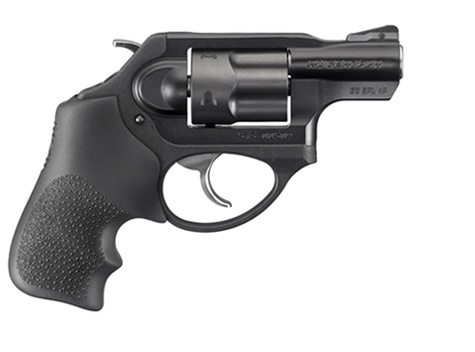
I’m not a huge revolver shooter these days but had a lot of time years ago behind a six-gun. I remember a .357 Magnum having a somewhat wonky lockup after a long day at the range and the rapid firing of several hundred rounds. The cylinder lockup slop would cause failures to fire because the hammer would strike the case instead of the primer. The only way the weapon fired is by cocking it into single action. To be fair, that’s certainly a fair experience but is worth mentioning.
Pros of a Hammerless Design
Hammerless isn’t a real thing on revolvers, but that’s what they are called. The main benefit of not having a hammer is creating snag-free revolvers. Most modern defensive revolvers are fairly round and snag-free, but a hammer spur can easily catch on clothing, or in the pocket. This is the main reason why the hammer spurs are removed. They create a more concealable gun and easier-to-draw gun.
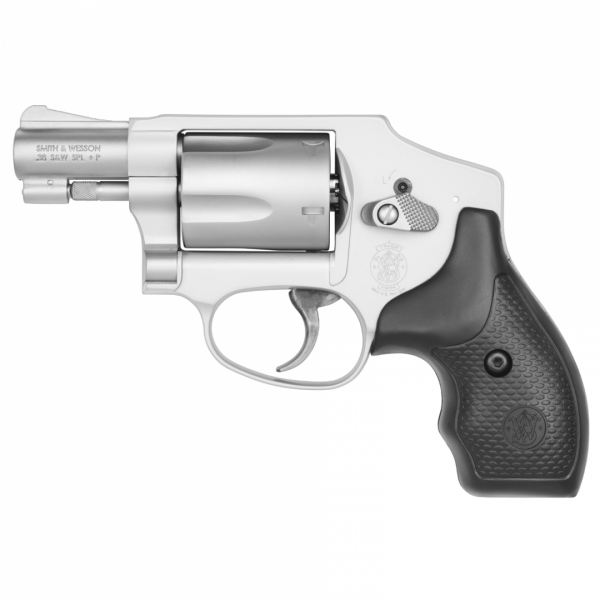
There is also something to be said for concealment and daily carry comfort. A spur can poke and prod, in fact, that’s what boot spurs are designed for, so it makes sense that hammer spurs will poke and prod as well.
You do lose your ability to manually cock the hammer entirely. This means you have to be well-trained on a double-action trigger. That’s not a bad thing but does require time and training, likely lots of dry fire. This makes a double-action trigger like the one found in the LCR invaluable.
Which Is Better?
There are certainly advantages to both, and while I have my opinions, we can also look at what some experts say. Caleb Giddings described what he felt was the optimum modern defensive revolver at GunNutsMedia. Check that out here.
He says a defensive revolver should be a double-action-only design. No spur is present or being used. Recently Caleb Giddings began working with Taurus and helped design the new Executive Grade 856, and lo and behold, it is a DAO design. I think he’s quite consistent on what he thinks makes a good defensive revolver.
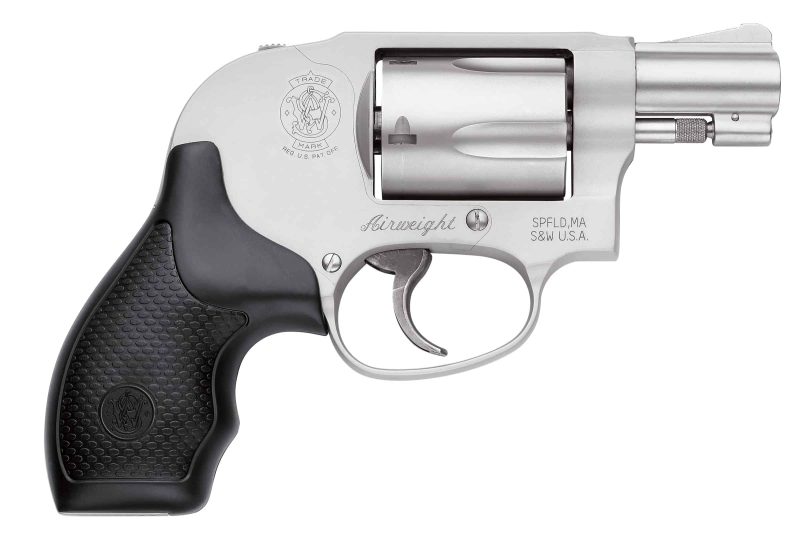
I would also argue there is room for both, and compromises exist. The S&W Model 638 offers a shrouded hammer with a small tab that can be manually cocked for single action. It’s an option if you can’t find what works best.
I tend to prefer the hammerless revolvers for concealed carry. While at the range, I love a nice single-action trigger in a big revolver. In my pocket carried LCR the lack of a hammer makes the gun very easy to draw and comfortable to carry. That being said, what are your thoughts and opinions? Let us know below!
ABOUT THE AUTHOR:
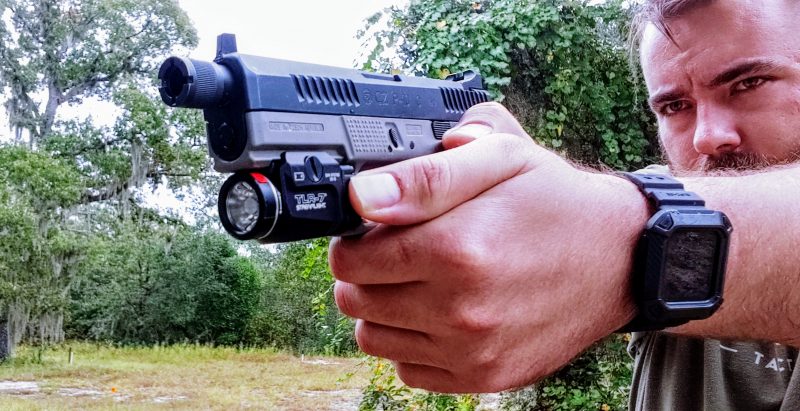
Travis Pike is a former Marine Machine gunner who served with 2nd Bn 2nd Marines for 5 years. He deployed in 2009 to Afghanistan and again in 2011 with the 22nd MEU(SOC) during a record-setting 11 months at sea. Travis has trained with the Romanian Army, the Spanish Marines, the Emirate Marines, and the Afghan National Army.
He serves as an NRA-certified pistol instructor and pursues a variety of firearms-based hobbies.
![]()
You may also enjoy these popular articles:
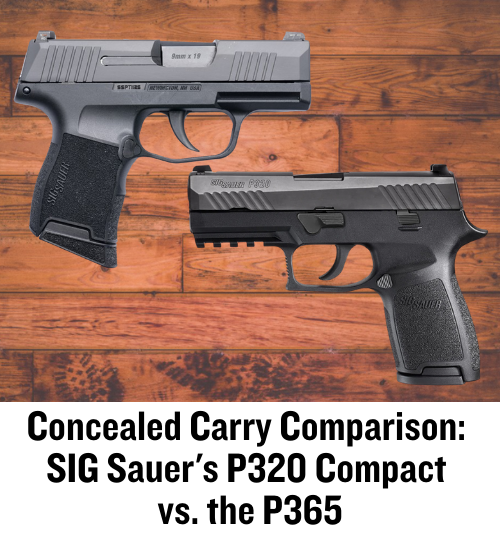



©MTC Holsters, LLC and CrossBreed Holsters Blog, 2022.
Unauthorized use and/or duplication of this material without express and written permission from this site’s author and/or owner is strictly prohibited. Excerpts and links may be used, provided that full and clear credit is given to Travis Pike and the CrossBreed Blog with appropriate and specific direction to the original content.
![]()

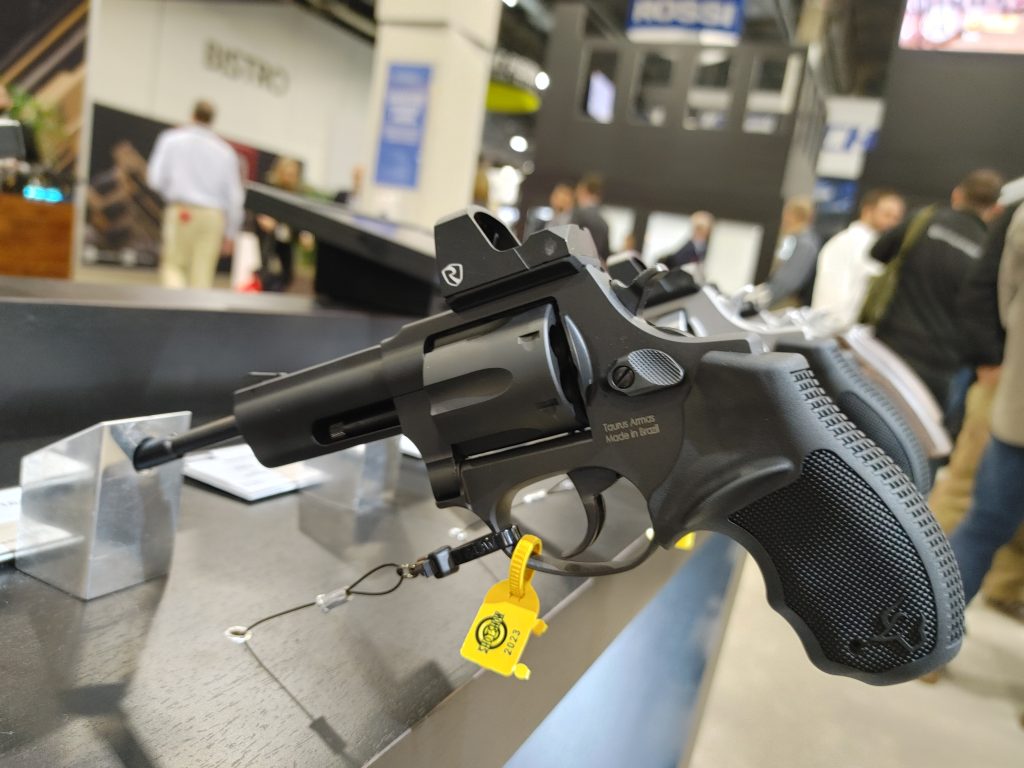
I personally carry a S&W 638 concealed and I feel it’s the best of both worlds if you favor a revolver. No snag when drawing the weapon but if I’m on the “back forty” and encounter a snake that needs killing I have a much better chance of making a head shot if I have the option of cocking the hammer before firing. Keep up the good work. I enjoy your articles!
I too have a 638 and feel that it is a good revolver for Seniors. When the arthritis is acting up, or a deliberate shot is required, the hammer can be cocked. Still can get a double action shot off if required. Bonus for Seniors is that the cylinder is easier to load than racking the slide on most auto loading pistols. Only regrets are that the barrel is not 3″, and the stock grips are too small. Was able to replace the stock grips but can’t change the barrel.